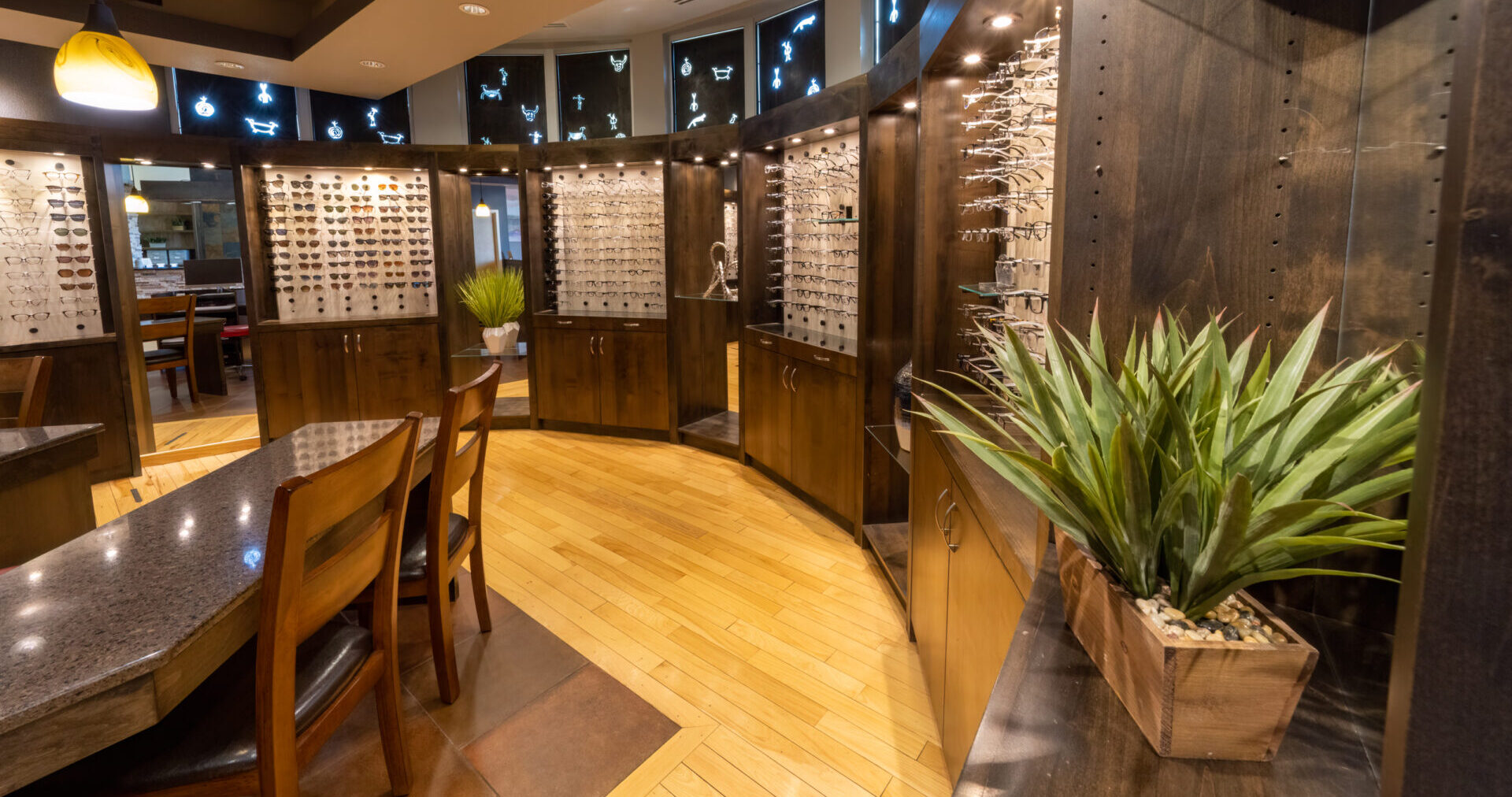Specialty Contact Lenses
At Accent on Vision we offer contact lens fittings for patients that require more complex solutions for certain conditions that affect the surface of the eye. Some of these conditions include Keratoconus, Pellucid Marginal Degeneration, post-refractive surgery, or patients with severe dry eye. For these patients, we offer specialty contact lenses such as scleral lenses, hybrid lenses, and rigid gas permeable lenses.
What is Keratoconus?
Keratoconus is a vision disorder that occurs when the normally round cornea (the front part of the eye) becomes thin and irregular (cone) shaped. This abnormal shape prevents the light entering the eye from being focused correctly on the retina and causes distortion of vision.
Signs and Symptoms
In its earliest stages, keratoconus causes slight blurring and distortion of vision and increased sensitivity to glare and light. These symptoms usually appear in the late teens or early 20s. Keratoconus may progress for 10-20 years and then slow in its progression. Each eye may be affected differently. As keratoconus progresses, the cornea bulges more and vision may become more distorted. In a small number of cases, the cornea will swell and cause a sudden and significant decrease in vision. The swelling occurs when the strain of the cornea’s protruding cone-like shape causes a tiny crack to develop. The swelling may last for weeks or months as the crack heals and is gradually replaced by scar tissue.
What Are Possible Causes of Keratoconus?
- Heredity. One in 10 keratoconus sufferers has a close family relative with the disorder.
- Frequent eye rubbing, especially aggressive “knuckling” eye rubbing.
- Having a history of asthma, allergies, Ehlos Danlers syndrome, Down’s syndrome, or retinitis pigmentosa.
Keratoconus Treatment Options
Eyeglasses or soft contact lenses may be used to correct the mild nearsightedness and astigmatism that is caused by the early stages for keratoconus. As the disorder progresses and the cornea continues to thin and change shape, scleral contact lenses can be prescribed to correct vision adequately. In most cases, this is adequate. The contact lenses must be carefully fitted, and frequent checkups and lens changes may be needed to achieve and maintain good vision.
Corneal cross linking is another treatment for keratoconus. It is a procedure used to strengthen the weakened cornea. Corneal cross linking is a minimally invasive procedure that uses ultraviolet light and eye drops in order to strengthen the collagen fibers in the cornea. Although not a cure for keratoconus, it does help slow down the progression of the condition. Scleral lenses are typically still worn after the procedure.
In a few cases, a corneal transplant is necessary. However, even after a corneal transplant, eyeglasses or contact lenses are often still needed to correct vision.
What are scleral lenses?
Scleral lenses are large gas permeable lenses that vault over the entire corneal surface and rest on the “white” of the eye (the sclera). Due to the large diameter of the lens they are more stable on the surface of the eye and more comfortable than conventional rigid gas permeable lenses. Scleral lenses provide comfort similar to soft lenses but provide superior vision for patients with keratoconus or irregular corneas.
Scleral lenses are also used for the treatment of severe dry eye syndrome. The space between the surface of the cornea and the scleral lens is filled with a saline solution. This solution acts as a constant source of hydration for the eye, providing unbeatable relief for dry eye patients.
Resources: Allaboutvision.com, AOA.com
